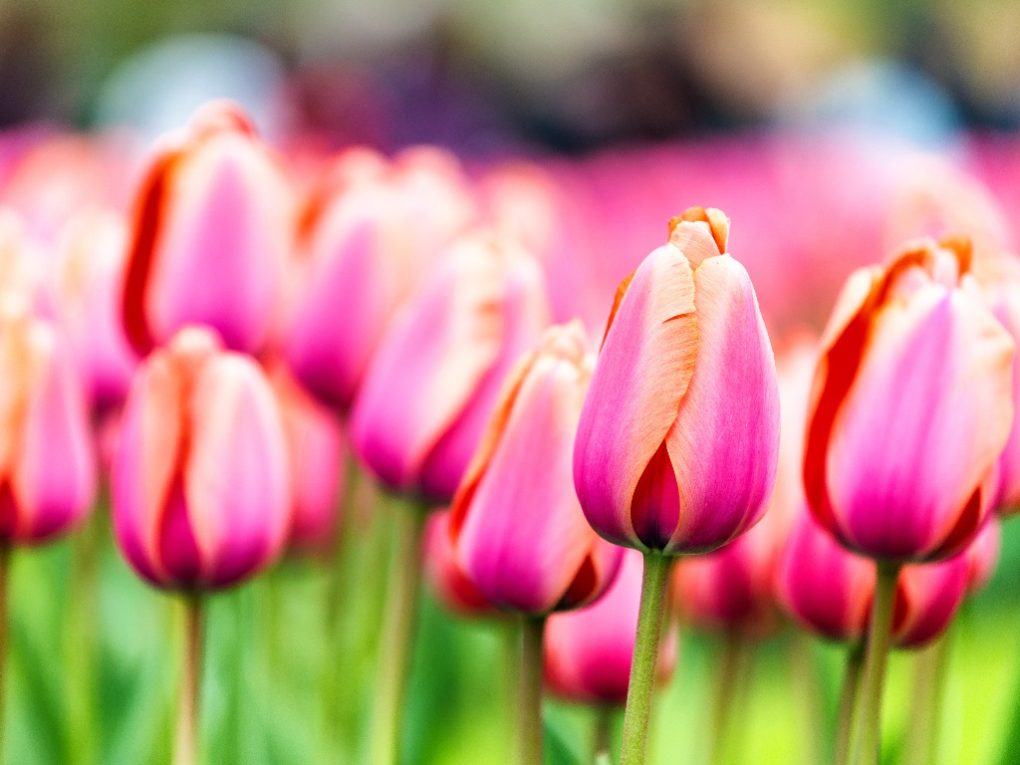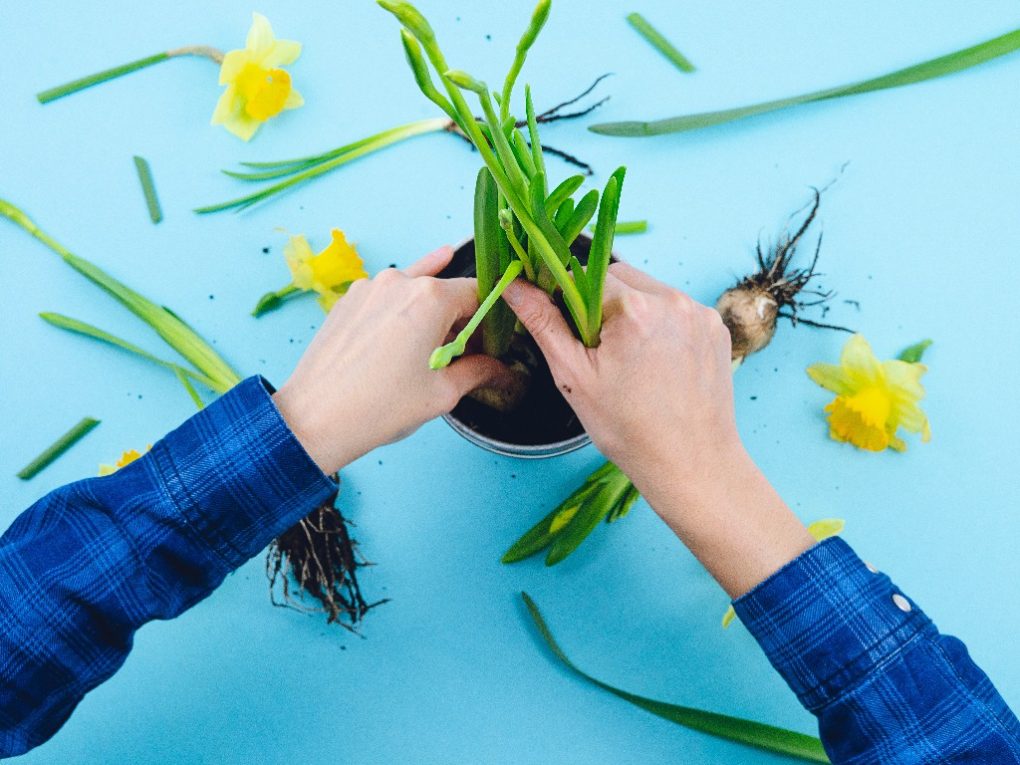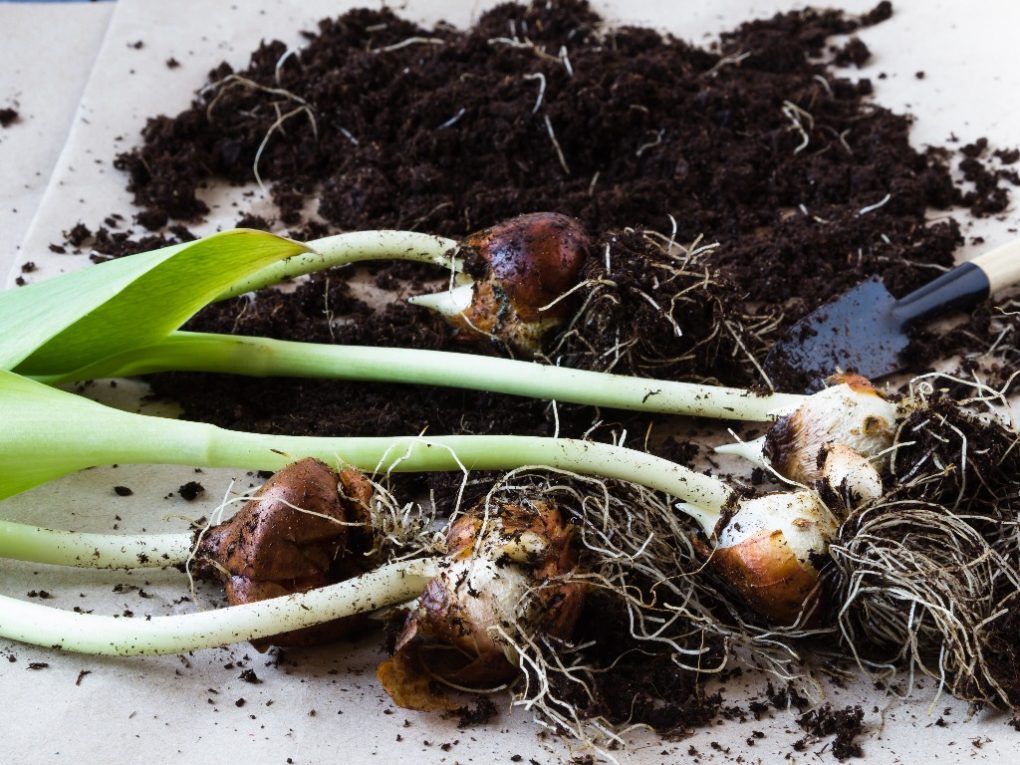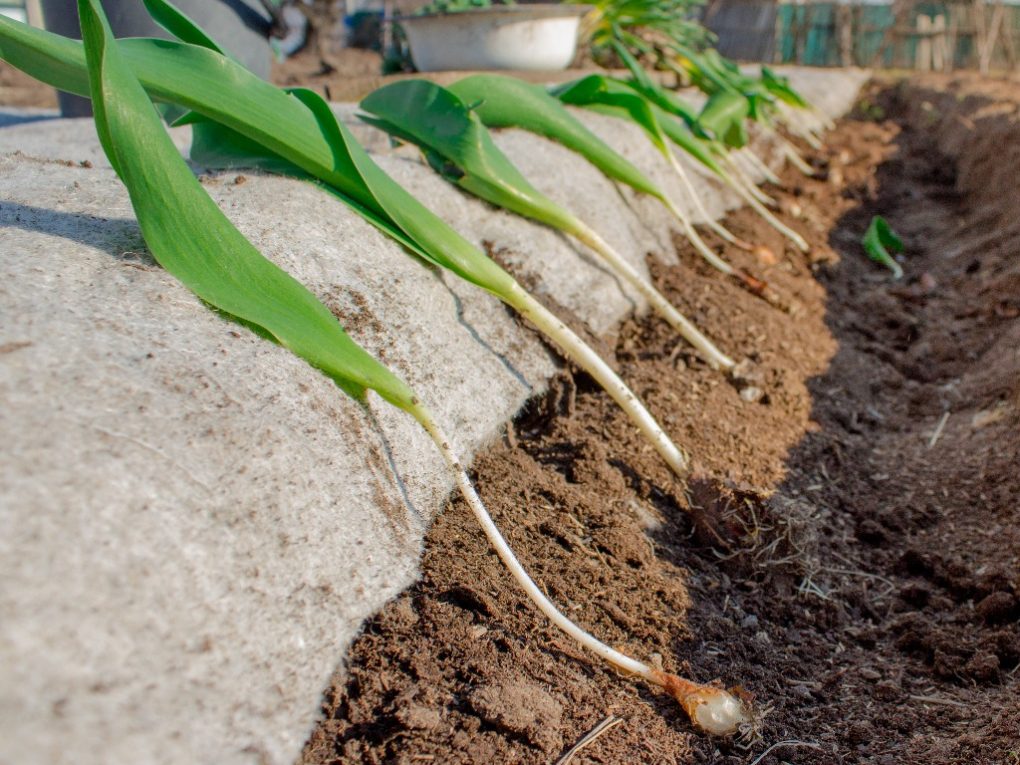Can Tulips Be Planted in the Spring: Everything You Need to Know
Yes, tulips can be planted in the spring, however, planting tulips in the spring requires more attention to detail than fall planting. For starters, choosing high-quality bulbs that have been properly stored is important to ensure they have the best chance of growing. Additionally, timing is crucial – tulips need a period of cold to bloom, so planting too late in the spring may not give them enough time to develop properly.

Whether you’re an experienced gardener or a beginner, planting tulips in the spring can be a rewarding experience. With the right bulbs and proper care, it’s possible to enjoy the beauty of these stunning flowers even if you missed the fall planting season. In the following sections, we’ll explore the best practices for planting tulips in the spring so that you can enjoy a colorful display in your garden this year.
Table of Contents
Tulips Planting Time
After seeing a field of tulips, they are one of the most popular flowering bulbs, known for their vibrant colors and elegant beauty. They can be planted in spring and fall, depending on the climate and growing conditions. Understanding the right planting time ensures healthy growth and beautiful blooms.
Spring Planting Time
While fall is the traditional planting time for tulips, planting them in the spring is also possible. This is called forcing, and it involves chilling the bulbs in the refrigerator for 10-14 weeks before planting them in the ground. This can be a great option for gardeners who missed the fall planting window or want to enjoy spring tulips without waiting until the following year.

When planting tulips in the spring, choosing a location with well-drained soil and full sun exposure is important. The bulbs should be planted 6-8 inches, with the pointed end facing up. Water the bulbs carefully after planting, and keep the soil moist but not waterlogged.
Fall Planting Time
The traditional planting time for tulips is in the fall, typically between September and November, according to The Washington Post. This allows the bulbs to establish strong roots before the ground freezes, ensuring healthy growth and beautiful blooms in the spring.
When planting tulips in the fall, choose a location with well-drained soil and full sun exposure. The bulbs should be planted 6-8 inches, with the pointed end facing up. Adding a layer of mulch over the bulbs is also important to protect them from extreme temperatures and moisture fluctuations.
Choosing Tulip Bulbs
When selecting tulip bulbs for spring planting, choosing high-quality bulbs free from damage and disease is important. Here are some tips for selecting the best tulip bulbs:
- Choose firm and plump bulbs with no signs of mold or soft spots.
- Look for bulbs at least 2 inches in diameter, as larger bulbs generally produce larger flowers.
- Avoid bulbs that are sprouting or have already begun to grow, as they may not perform well when planted.
- Consider the bloom time and select bulbs that will bloom at the desired time.
- Choose appropriate bulbs for your climate, as some varieties may not perform well in certain regions.

It is also important to purchase tulip bulbs from a reputable source to ensure they are high quality and properly stored. When planting tulip bulbs in the spring, it is important to follow proper planting techniques to ensure successful growth and blooming. With proper care, tulips can provide a beautiful burst of color in any spring garden.
Preparing Soil for Tulips
When planting tulips in the spring, preparing the soil is an essential step that should be considered. Proper soil preparation helps to ensure that the tulips grow and thrive. Here are some soil preparation tips for planting tulips in spring:
1. Choose the right location: Tulips prefer well-drained soil rich in organic matter. They also need full sun or partial shade to grow properly. Choose a location that meets these requirements and is free from obstructions that might block sunlight.
2. Test the soil: Before planting tulips, test the soil to determine its pH level. Tulips prefer slightly acidic soil with a pH level between 6.0 and 7.0. Add lime to raise the pH level if the soil is too acidic. If it’s too alkaline, add sulfur to lower the pH level.
3. Improve the soil: If it is heavy or poorly drained, add organic matter such as compost or well-rotted manure to improve its texture and drainage. Mix the organic matter into the soil to a depth of at least 10 inches.

4. Fertilize the soil: Tulips require a balanced fertilizer with equal nitrogen, phosphorus, and potassium, apply the fertilizer to the soil before planting the tulips.
5. Mulch the soil: After planting the tulip bulbs, apply a layer of mulch to the soil. The mulch helps to retain moisture and suppress weed growth. Use a layer of 2 to 3 inches of mulch, such as shredded bark or leaves.
By following these soil preparation tips, gardeners can ensure that their tulips grow and bloom beautifully in the spring.
Planting Tulip Bulbs
Planting Depth
Tulip bulbs should be planted at 6 to 8 inches, with the pointed end facing upwards. If you are planting in heavy soil, you can plant them a little shallower, but if you are planting in sandy soil, plant them a little deeper. The depth of planting is important because it helps protect the bulbs from temperature extremes, and it also helps prevent them from being eaten by rodents.

Planting Tips
When planting tulip bulbs in the spring, choosing a location that receives at least six hours of direct sunlight daily is important. The soil should be well-drained and fertile, and it should be free of weeds and other debris. Before planting, it is a good idea to work some compost or other organic matter into the soil to improve its texture and nutrient content.
When planting tulip bulbs, it is important to space them at least 4 to 6 inches apart to allow for proper air circulation and to prevent overcrowding. Overcrowding can lead to poor growth and disease. After planting, water the bulbs thoroughly to help settle the soil and to provide them with the moisture they need to start growing.
If you are planting tulip bulbs in pots or containers, choose a container at least 12 inches deep and wide enough to accommodate the bulbs. Fill the container with good quality potting soil and plant the bulbs at the same depth as you would if planting in the ground. Water the bulbs thoroughly and place the container in a location that receives at least six hours of direct sunlight daily.
